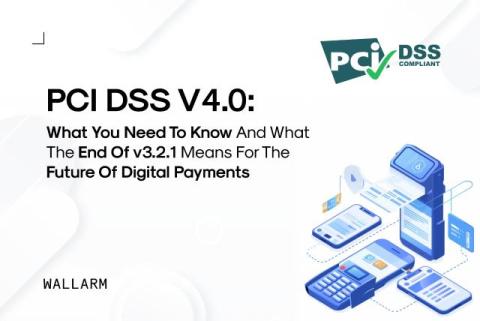Profee: A revolutionary international transfer service
Due to globalization, people are more able than ever to require financial transfers across different countries. This issue pertains not only to the transfer of money but also to high fees, transfer delays, and the exchange rate. The Profee, the best way to transfer money to india, helps users quickly and easily transfer and receive money in another country.









